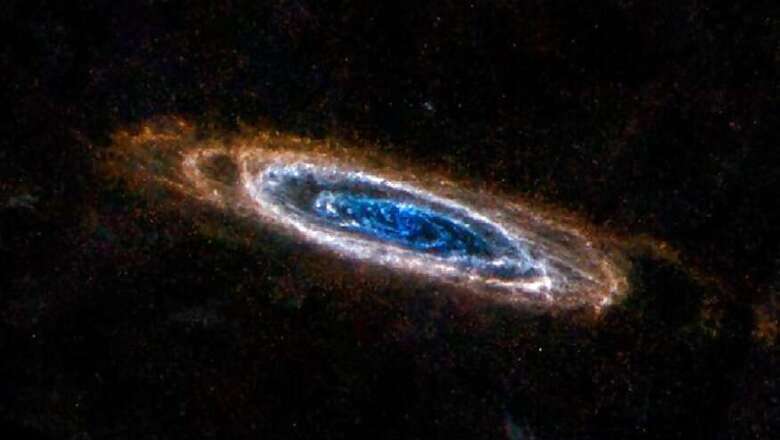
views
A team of astronomers has discovered a new kind of galaxies which, although extremely old -- formed less than a billion years after the Big Bang -- create stars more than a hundred times faster than our own Milky Way.
The team made this discovery by accident when investigating quasars, which are supermassive black holes that sit at the centre of enormous galaxies, accreting matter.
They were trying to study star formation in the galaxies that host these quasars.
"But what we found, in four separate cases, were neighbouring galaxies that were forming stars at a furious pace, producing a hundred solar masses' worth of new stars per year," said Roberto Decarli of the Max Planck Institute for Astronomy in Heidelberg, Germany.
The findings were published in the journal Nature.Also read: 3D Printed Rocket Makes it to Space; Puts New Zealand Into Space Race
"Very likely it is not a coincidence to find these productive galaxies close to bright quasars," added Fabian Walter, also of Max Planck.
"Quasars are thought to form in regions of the universe where the large-scale density of matter is much higher than average. Those same conditions should also be conducive to galaxies forming new stars at a greatly increased rate," Walter noted.
"Whether or not the fast-growing galaxies we discovered are indeed precursors of the massive galaxies first seen a few years back will require more work to see how common they actually are," said Eduardo Banados from Carnegie Institution for Science in Washington, DC.
The team also found what appears to be the earliest known example of two galaxies undergoing a merger, which is another major mechanism of galaxy growth.
The new observations provide the first direct evidence that such mergers have been taking place even at the earliest stages of galaxy evolution, less than a billion years after the Big Bang.Also read: NASA Cassini Spacecraft Observes Solstice on Saturn



















Comments
0 comment